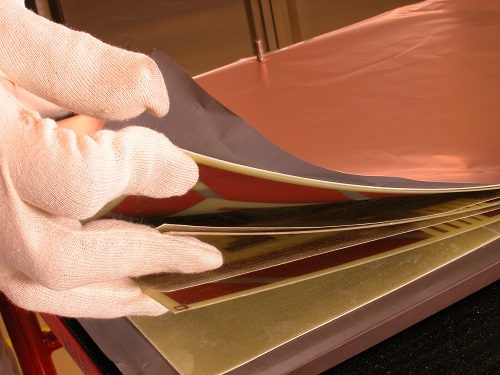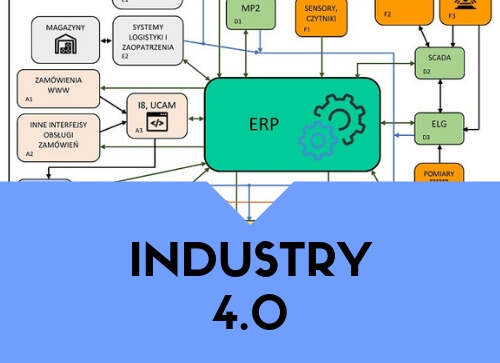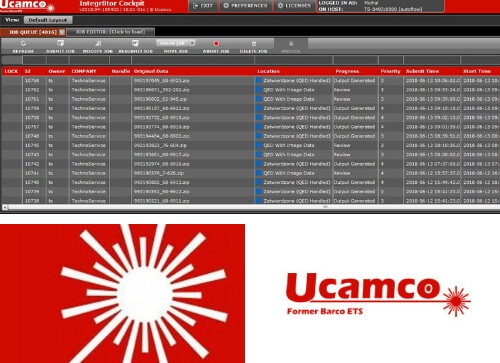Base material of printed circuit boards: a few words about laminates

The base material used to produce the PCB affects the reliability and efficiency of the final product.
The laminate may be selected based on two criteria: quality and functionality.
Currently, printed circuits are manufactured using laminates on the following substrates: glass-reinforced epoxy (FR4), aluminium MCPCB (Metal Core PCB), Teflon, or ceramic (microwave). Usually the material is selected as per predicted working conditions and the device type. Unfortunately, the decision-making process must also include the economic factor that imposes a compromise. Keep in mind that using high-quality materials is a key factor to provide reliability and long life of the device.
The parameters that define the quality and application/functionality of the device are listed below.
Basic parameters:
- Non-conductor and copper foil thickness – mechanical resistance, fitting the case, current-carrying capacity, etc.;
- CTI class – breakdown strength between traces in wet ambient conditions;
- Fire resistance class (UL) – specifies the flammability of materials.
Temperature parameters:
- glass transition temperature (boundary): Tg – yield point;
- chemical decomposition temperature of laminates: Td – temperature causing 5% loss of laminate weight;
- delamination time: T260/288 – time after which delamination occurs (for temperatures 260 and 288°C);
- the coefficient of thermal expansion of laminates that is projected along the XY plane and the Z axis: CTEZ,XY;
- max. operating temperature (MOT) – safe temperature for continuous operation.
Humidity absorption:
- max. moisture content in laminate;
- resistance to CAF;
- Electric parameters
- dielectric constant Dk;
- lossiness Df;
- dielectric breakdown strength.









